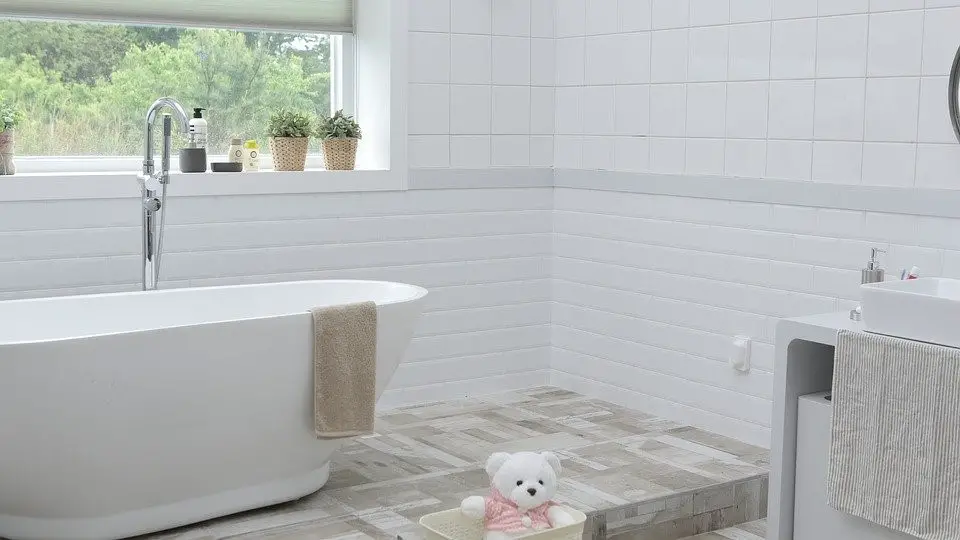Your water heater is an essential device you use daily. Why schedule its maintenance only when a problem surfaces? Knowing how to flush a water heater safeguards your tank from breakdowns, costly repairs and frequent malfunctioning.
Hard water leads to a build-up of minerals like magnesium, calcium, and iron in your water tank’s base. As these sediments, along with other debris, settle down, they create an annoying blockage. Routine flushing helps clean your water heater system of all unwanted matter.
Signs That Indicate Flushing Is Overdue
Water heaters are a significant investment so you need to ensure they function properly. Annual flushing, when performed by specialists, keeps this heavily used apparatus functional. Should your daily hot water consumption be higher, schedule the flushing exercise twice every year.
Regardless of your usage, pay close attention to the listed telltale signs that indicate your water heater needs flushing:
- Water pressure is low or consistently drops
- Your faucets, showerheads, etc. rapidly reflect white scale build-up
- Without a noticeable jump in energy usage, your utility bills are soaring
- The temperature of the hot water fluctuates unpredictably, spanning two extremes
Need For Expert Water Heater Flushing
Routine flushing is an integral aspect of water tank maintenance. After releasing the sediment blockages, you will notice your system functioning more efficiently. The harder the mechanism works to produce hot water, the higher its energy consumption. As a result, your monthly outgoings unnecessarily surge.
Qualified plumbers undergo extensive training on how to flush a water heater and carry out a maintenance check. The latter focuses on validating that your system is fully operational and safe for daily use. With professional intervention, you can be sure of:
Sediment Removal
Keeping sediments out of your water tank preserves the health of this appliance. Water heaters often fail because of sediment build-up as these particles wear down your tank’s interior, causing it to develop leaks.
Sediments also prevent your tank from heating efficiently thereby, defeating its main purpose. The flushing exercise focuses on sediment removal and also prevents rust build-up. Rust can completely erode your water tank if allowed to develop.
An Extended Lifespan
Regular flushing prevents catastrophic breakdowns of your water heater. The neglected build-up of scale on the base can destroy your tank’s heating elements and damage its insides. When completely worn out, the tank can suddenly burst, spilling water everywhere.
Quicker Heating
When tanks are forced to work hard to produce hot water, their heating element will likely break down faster. Lengthy heating durations adversely affect your energy bills. Expert flushing keeps your energy bills low plus ensures quicker heating.
Noise Reduction
As sediments settle and solidify, they create small air pockets. Each time your water heater heats, these pockets produce noisy popping and crackling sounds. Removal of the sediment build-up during flushing eliminates the noise your tank requiring servicing generates.
Safeguarding Your Warranty Entitlement
A manufacturer’s warranty will never cover damage to your water heater from scale and sediment build-up. Should your heater break down early in the absence of routine maintenance during the warranty period, you lose out on your payout dues.
To safeguard your warranty payout, routinely outsource your water heater tank’s flushing to the pros.
Recommended Flushing Technique
Plumbing experts adopt the listed best practices to flush out your water heater:
- Turn off the appliance by flipping the electric switch or shutting off the gas supply, as need be.
- Connect the drain valve directly to a garden hose and steer it to a drainage outlet.
- Open the valve to drain out all existing tank water as also the temperature and pressure relief valves.
- Ventilate the tank by removing the hot water pipe positioned on top.
- Keep the hose connected, turn the valve on and off to allow the accumulated sediments to exit.
- Continue the above process till the drainage exiting your garden hose appears clean.
- On completing the flushing process, shut your drain valve before disconnecting your garden hose.
- Seal the tank shut and turn the water on for the tank to refill.
- After filling the tank, restore heat by turning on the electric power switch or gas supply.
- Allow your water heater ample time initially to fully heat a full tank.
- Open a hot water faucet to test the temperature of running water.
- A consistent supply of hot water indicates the flushing was successful.
Approach an established plumbing service provider familiar with the ins and outs of water heaters. When you outsource your heater’s maintenance to highly skilled technicians, you are assured of quality results.

